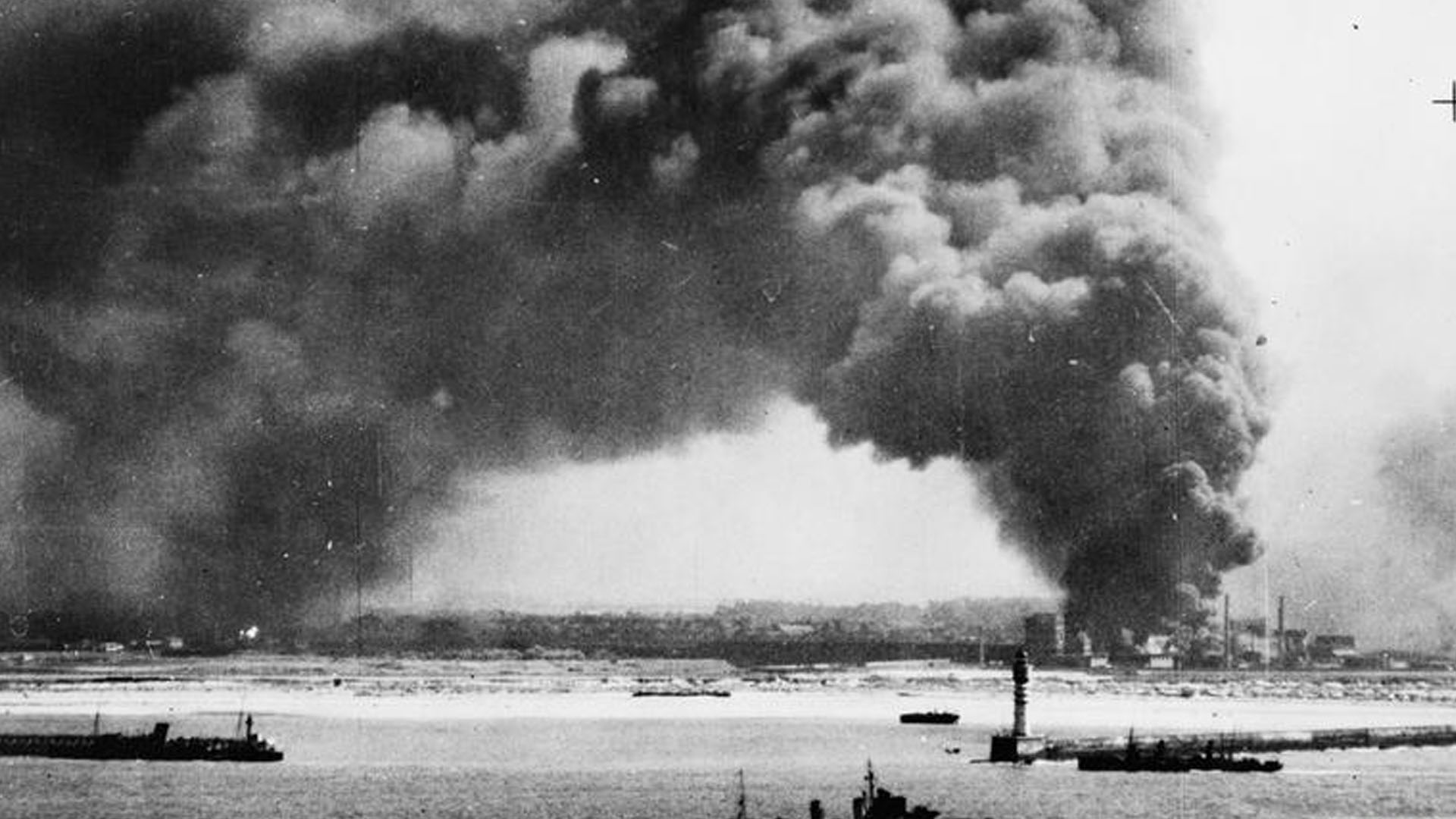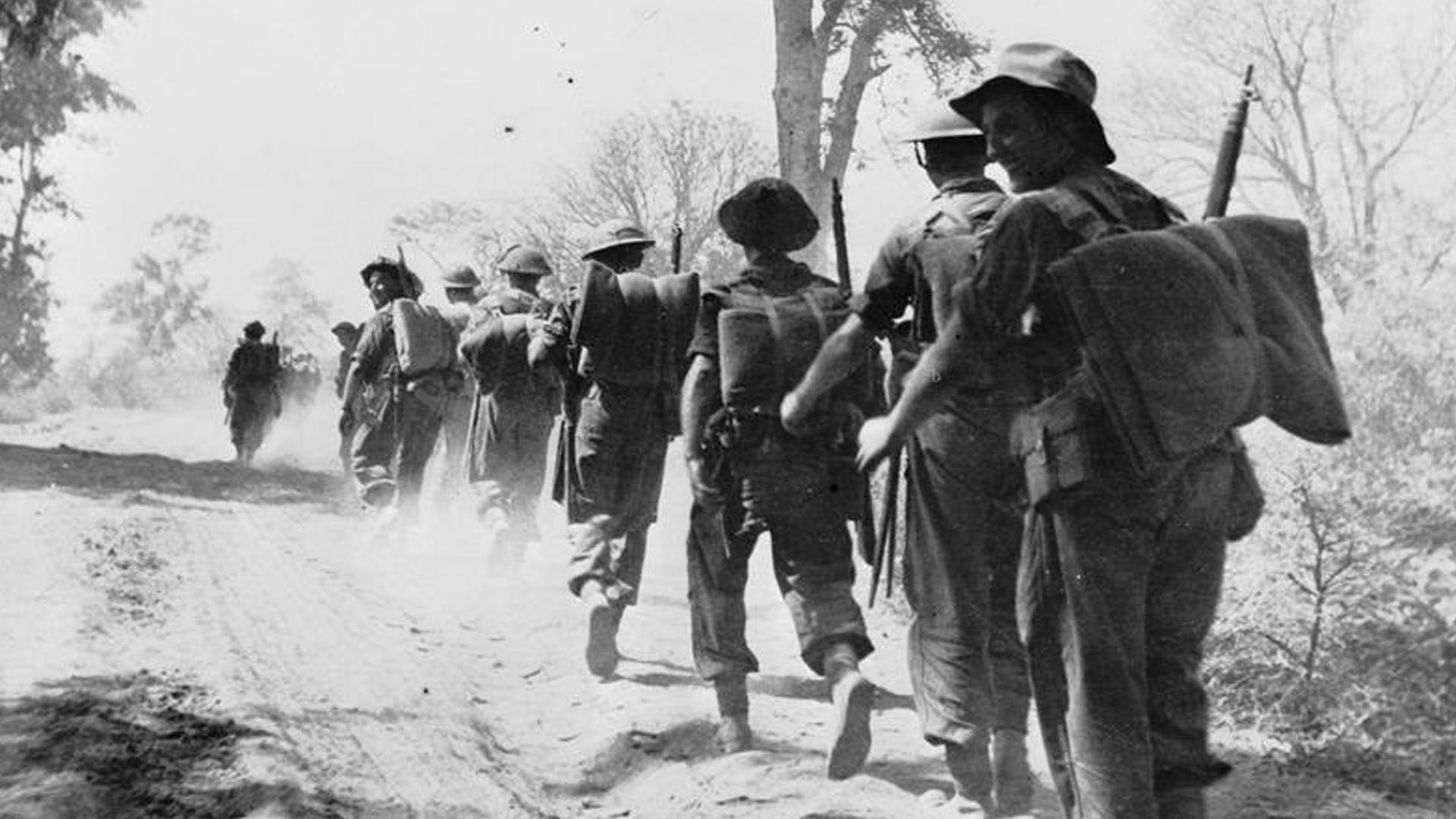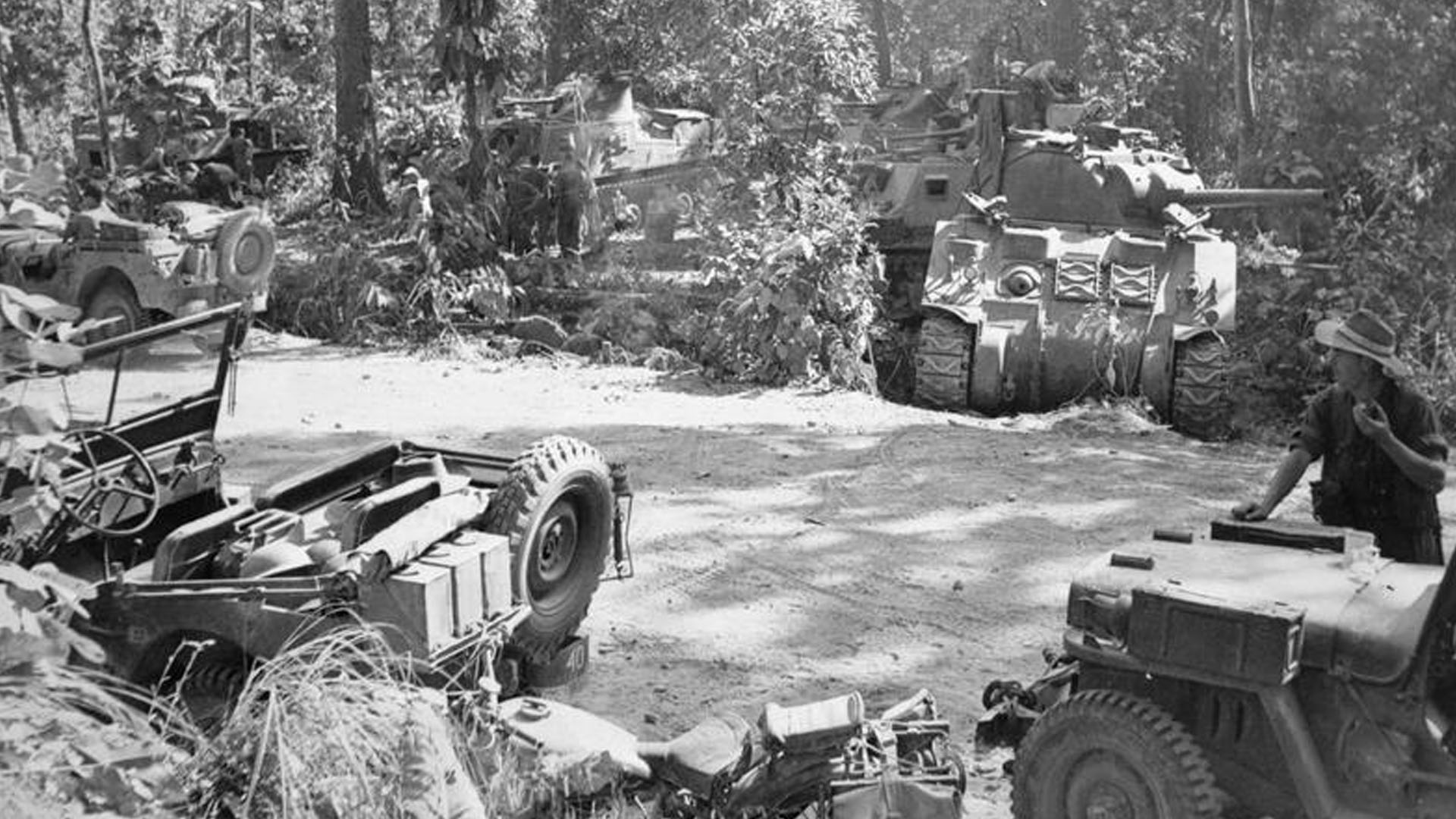Robert Dawson Wright B.E.M. served in the Welch Regiment during the Second World War. Known as Bob, he was born at Hunter Street off Sandy Row, Belfast.
He enlisted in the Welch Regiment in 1938 at the age of 15 years old. When the Second World War began a year later, he would have been among the youngest combatants in Europe. By 1940, Wright was serving in France with the British Expeditionary Force. He was among the many thousands of Allied service personnel rescued during the Dunkirk Evacuation.
Dunkirk 1940
Before the outbreak of the Second World War, Wright had served on a Military Patrol Boat called Sir William Seeger in the Bristol Channel. During the Dunkirk Evacuation in June 1940, he found himself reunited once again with his old vessel.
When we were evacuated I got on a ship and then the next thing I seen was a ship pulling alongside it and it was the Sir William Seeger. So the crew knew me and the Gerries came over dropping bombs on some of the ships and we ended up pulling these people out of the water, dead or not.
Robert Wright interviewed by Mervyn Jess on Radio Ulster – May 2015.
Having returned from Dunkirk, Wright reflected on that time. Even as a young man, he was aware that all was not as it should be on the French coast.
It was a shambles you know because they were going down to the shore and if they spotted a boat coming in, anybody would be dashing out. It was a bit of a shambles. There were people there supposed to organise, you know, but half of them just wanted to get out themselves. Most of the regiments that were there tried to keep their men together, but then it got towards the end that – when they saw boats coming from England to pick them up – they weren’t waiting on the boat docking. They were trying to meet it halfway.
Robert Wright interviewed by Mervyn Jess on Radio Ulster – May 2015.
In the same interview, Wright revealed his main fear was being thought of as a coward on his return. Those who made it back from France in 1940 received a heroes welcome from the British public. Soon, most of them would be back on the front lines.
The spirit was quite good. Everybody was saying “Thank God we are out of that lads.”
Robert Wright interviewed by Mervyn Jess on Radio Ulster – May 2015.
Burma 1943
In 1943, Robert Wright volunteered to join the British Army Commandos. He served with the Special Boat Service in Norway before joining No. 5 Commando in Burma. He was still only 19 years old. During his time with No. 5 Commando, he took part in daring raids behind Japanese lines, as well as engaging in combat in India and Singapore. He was among the first troops of the British Army to arrive in Hong Kong during its liberation. He was later in Malaya when the Japanese issued their surrender in August 1945.
Bob often thought about those who served alongside him in Asia.
You always remember the ones with you who were killed. I can still remember all of their faces. I always remember one great friend who had a watch he carried in his breast pocket. His father was a railwayman and gave him this railway watch before he left, so he doted on that watch. When he was killed, we made sure that the watch was returned to his parents. That was all we could do but it was important that we did it.
Robert Wright interviewed by The Newsletter – November 2014.
Many from Northern Ireland took part in the war in the Far East. Others were not as fortunate as Bob.
We kept the Japanese out of India. We were sent to Bangladesh for a bit of a break and I met a friend from Belfast called Jackie Creighton. He was in the Inniskilling Fusiliers 1st Battalion. I said to him ‘What about your brother Sammy?’ Jackie said, ‘did you not hear about him? He was taken prisoner in Singapore.’ Half the men taken prisoner were sent to Japan to work in the mines where they were badly treated. The other half were put to work on the Burma railway where they were badly treated.
Sammy and his mate were working on the Burma railway and fed watery rice every day. His mate collapsed because he was so weak. When the Japanese saw him collapsing they hit him with the butt of a rifle and told him to get up. When they drew back, Sammy Creighton beat the head off one of the Japanese. Sammy was a Sandy Row man. They just killed him with a Samurai sword.
Robert Wright interviewed by The Newsletter – November 2014.
While the rest of the Commandos returned home, Wright remained in Hong Kong for two years. There, as a Warrant Officer, he formed and trained a Hong Kong Chinese Training Unit. While serving in the Far East, he met his future wife Joan. She had asked him for a job and told him her name Cheung Sui Ping. The couple went on to have two children. They also established the first Chinese restaurant in Ireland – the Hong Kong and Anglo on Donegall Street, Belfast in 1959.
Back to Belfast
Bob returned to Belfast in 1948. The damage caused by the Belfast Blitz shocked him even after all he had seen overseas. He spent 2 years with 602 RASC while back in Belfast. In 1950, Bob Wright was discharged after 11 years of distinguished service. He was demobbed at Victoria Barracks, Belfast.
Bob Wright worked for over a quarter of a century as a Museum Attendant at the Northern Ireland War Memorial on Talbot Street, Belfast. He had been with the museum too at their old premises on Waring Street and had already passed retirement age before taking on the job. Before that he held a similar role at the Ulster Folk and Transport Museum. Before taking up work in the museum sector, he held jobs with Courtaulds, Standard Telephones and Cables, Sirocco, and Wall’s Ice Cream. He retired from his role at the Northern Ireland War Memorial in August 2015.
Outside of work, Wright was a member of the Commando Association and the Burma Star Association.
Every year on Remembrance Day I lay the wreath here (in the Northern Ireland War Memorial Building). I’m the old soldier here, all the rest are much younger than me, but I’ll never forget the sacrifice as long as I live.
Robert Wright interviewed by The Newsletter – November 2014.
Remembering Robert Wright
On 16th June 2011, Robert Dawson Wright received the British Empire Medal for his services to the museum sector. He was 89 years old and living in Ravelston, Carnmoney, Co. Antrim when he received the distinguished award in the Queen’s Birthday Honours list.
Robert Dawson Wright B.E.M. died on 20th October 2015 aged 93 years old. The Northern Ireland War Memorial Museum opened a book of condolence, later presented to his family. His grave is in Roselawn Cemetery, Belfast where a funeral service took place on 24th October 2015. Donations in lieu of flowers were made to the Royal British Legion.


